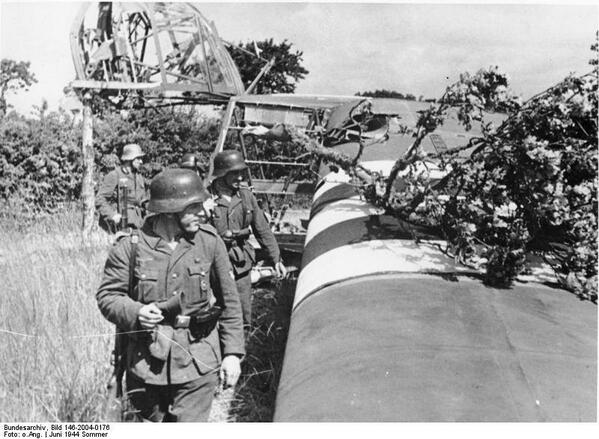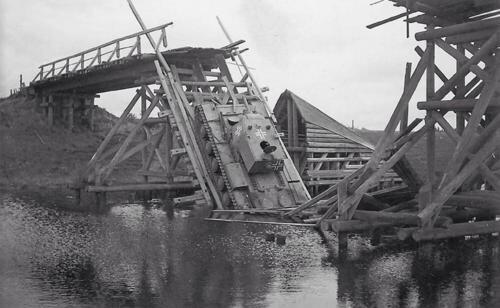- Joined
- Apr 2, 2017
- Messages
- 37,822
- Points
- 463
This wartime photograph from the Library of Congress shows a wretched lineup of derelict Messerschmitt Bf 109 fighters destroyed during the North Africa Campaign. Once the pride of the German Luftwaffe during World War Two, their ruined hulks like abandoned and thoroughly wrecked on a desolate airfield in Libya. The German aircraft are believed to have been photographed in 1942 after the end of the 241-day Siege of Tobruk, which culminated in an Allied victory on November 27, 1941. According to the photo caption, the battered Bf 109 fuselage nearest the camera wears the markings of III. Gruppe (Group), and is understood to have been on charge with Jagdgeschwader 27 in support of the German army’s formidable Afrika Korps.
Messerschmitt Bf 109E-1 of Oberleutnant Paul Temme, Gruppe Adjutant of I/ JG 2 ‘Richtofen’, which crashed near Shoreham aerodrome in Sussex on 13 August 1940.
Men of the RAF Regiment assist an RAF intelligence officer to salvage important parts from a Messerschmitt Me 410 photographic reconnaissance aircraft, shot down on the banks of the Sangro River, Italy. The Me 410 A-3 from 2(F)./122 (Wk.Nr. 10253, F6+QK) was shot down by fighters and belly landed in the Sangro River while on a recconnaisance mission over the front lines in the Foggia-Bari-Termoli area on 26 November 1943. The crew, Ofw. Arthur Kammberger and Uffz. Vitus Mirlbach was captured.
Soldiers pose with Messerschmitt Bf 109E-4 (W.Nr. 5587) ‘Yellow 10’ of 6./JG 51 ‘Molders’, which crash-landed at East Langdon in Kent, 24 August 1940. The pilot, Oberfeldwebel Beeck, was captured unhurt.
Army officers inspect the wreckage of Messerschmitt Bf 109E-1 (W.Nr. 3367) “Red 14” of 2./JG52, which crash-landed in a wheatfield at Mays Farm, Selmeston, near Lewes in Sussex, 12 August 1940. Its pilot, Unteroffizier Leo Zaunbrecher, was captured.





